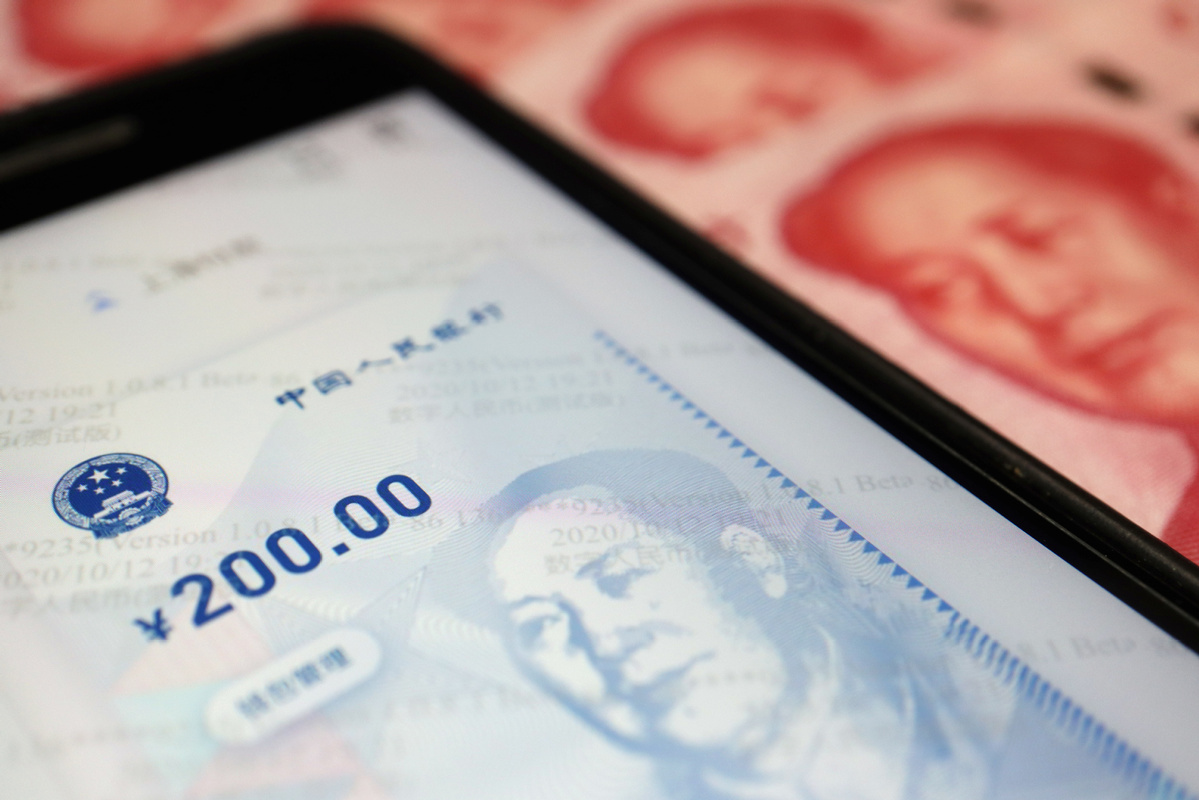Regional trade pact will pave way for digital yuan


After eight years of negotiations, the Regional Comprehensive Economic Partnership was signed on Nov 15 to form the world's largest free trade area. It is resulting in a drastic reduction in red tape that will translate into speedier movement of goods and greater volume of business processing-a win-win for all parties.
Furthermore, since the deal created a free trade area encompassing 28 percent of the global economy, 30 percent of the global population and reaching 2.2 billion consumers, it creates opportunities for digital currencies to fit into pandemic-hit economies and post-pandemic recoveries.
While it will allow for one set of rules of origin to qualify for tariff reductions with other members, the RCEP aligns well with China's new "dual circulation" development strategy, which takes the domestic market as the mainstay, with the domestic and international markets reinforcing each other.
As stated by Premier Li Keqiang, the RCEP is "a victory of multilateralism and free trade". The timing of the pact could not be better. On the one hand, proposals for formulating the 14th Five-Year Plan (2021-25) for National Economic and Social Development, released on Nov 3, emphasized that China will participate in multilateral and bilateral regional investment and trade cooperation mechanisms, which dovetails with the RCEP's own purpose.
On the other hand, while the ongoing COVID-19 pandemic has undoubtedly confronted the whole world with an unprecedented challenge, it has also turbocharged a global technology revolution at the same time. The signing of the RCEP is a good step toward tapping the potential of new technologies in this digital era and supporting economic recovery in Asia, since it facilitates development, job creation and strengthening of regional supply chains.
One focus will be the impact that the RCEP will have on China's digital yuan. According to a report published last year by the Bank for International Settlements, 80 percent of central banks in the world are currently working on central bank digital currencies.
Asia seems to be the place where such digital currencies show the greatest promise in view of the adaptability of Asians. The RCEP will undoubtedly pave the way for China's new digital renminbi expansion throughout Asia.
China's rationale behind its Digital Currency Electronic Payment is based on the consideration of monetary and social policies, technology and innovation, global geopolitics and financial crime prevention.
This State-backed digital currency will allow China to create an effective, yet nonthreatening, soft power tool. Not only can it help people in different economies to prevent physical contact deemed risky in this pandemic-conscious consumption time, but it can also speed up the flow of goods and services in the post-pandemic era.
It will also allow China to eradicate its shadow banking system. Shadow banking, which is credit intermediation involving entities and activities outside the regular banking system, was tolerated by the authorities as a way of meeting the funding needs of private companies and small and medium-sized enterprises. But because of the rapid growth and increase in debt, Chinese mainland authorities have closed thousands of peer-to-peer platforms that posed unnecessary risks for potential mass investors.
The free trade area created by the RCEP will undoubtedly be a big market for China's digital yuan, to be assisted along with the Belt and Road Initiative. While facilitating cross-border adoption of the digital yuan, such economic exchanges in the same way will help any of the other central bank digital currencies in Asia.
Through the RCEP, China will strengthen its trade ties with neighboring countries, and also be able to leverage agreement to facilitate cross-border adoption of its digital yuan to benefit consumers, dealers, bankers and industries across regions.
The author is a member of the Blockchain, Digital Banking and Greater Bay Area Committees at the Fintech Association of Hong Kong.
































